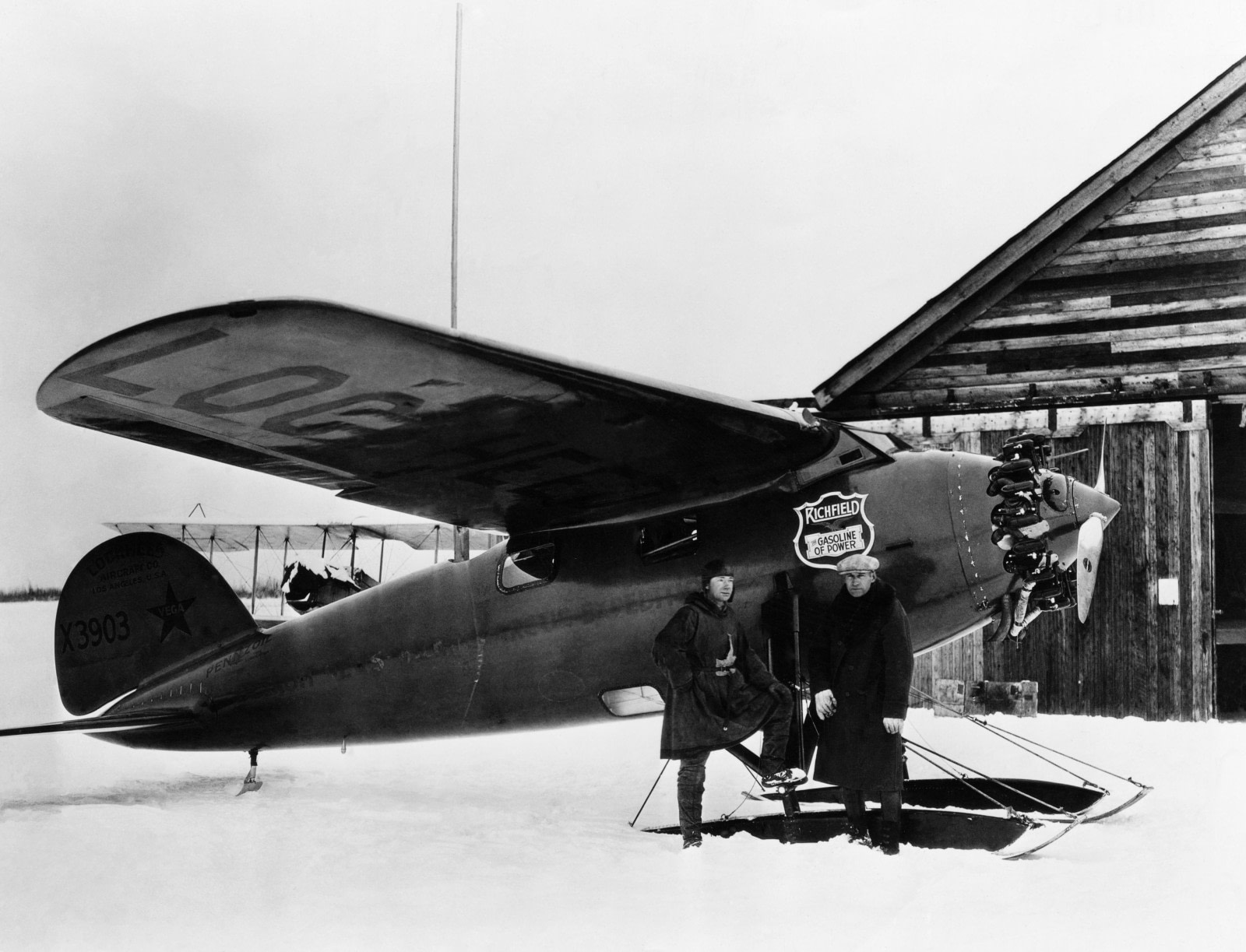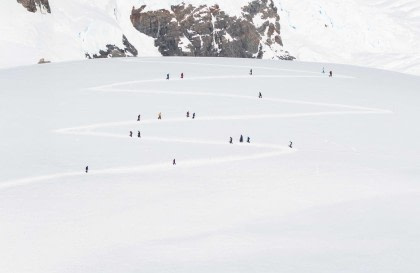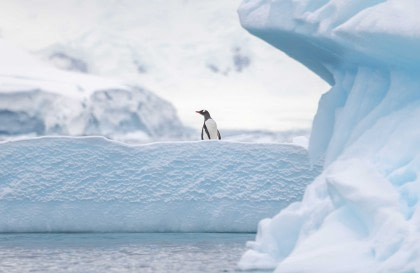Sir George "Hubert" Wilkins came to be one of the defining figures of polar exploration during the 1920s and 1930s, when the rapidly evolving capabilities of the airplane were transforming the face of polar exploration.
A decorated veteran of the First World War, Wilkins was a geographer, photographer, ornithologist, pilot, and soldier who took part in several expeditions in the Arctic and Antarctica, including a failed attempt to be the first to cross beneath the Arctic ice in a submarine, laying the groundwork for the successful Cold War Operation Sunshine decades later.
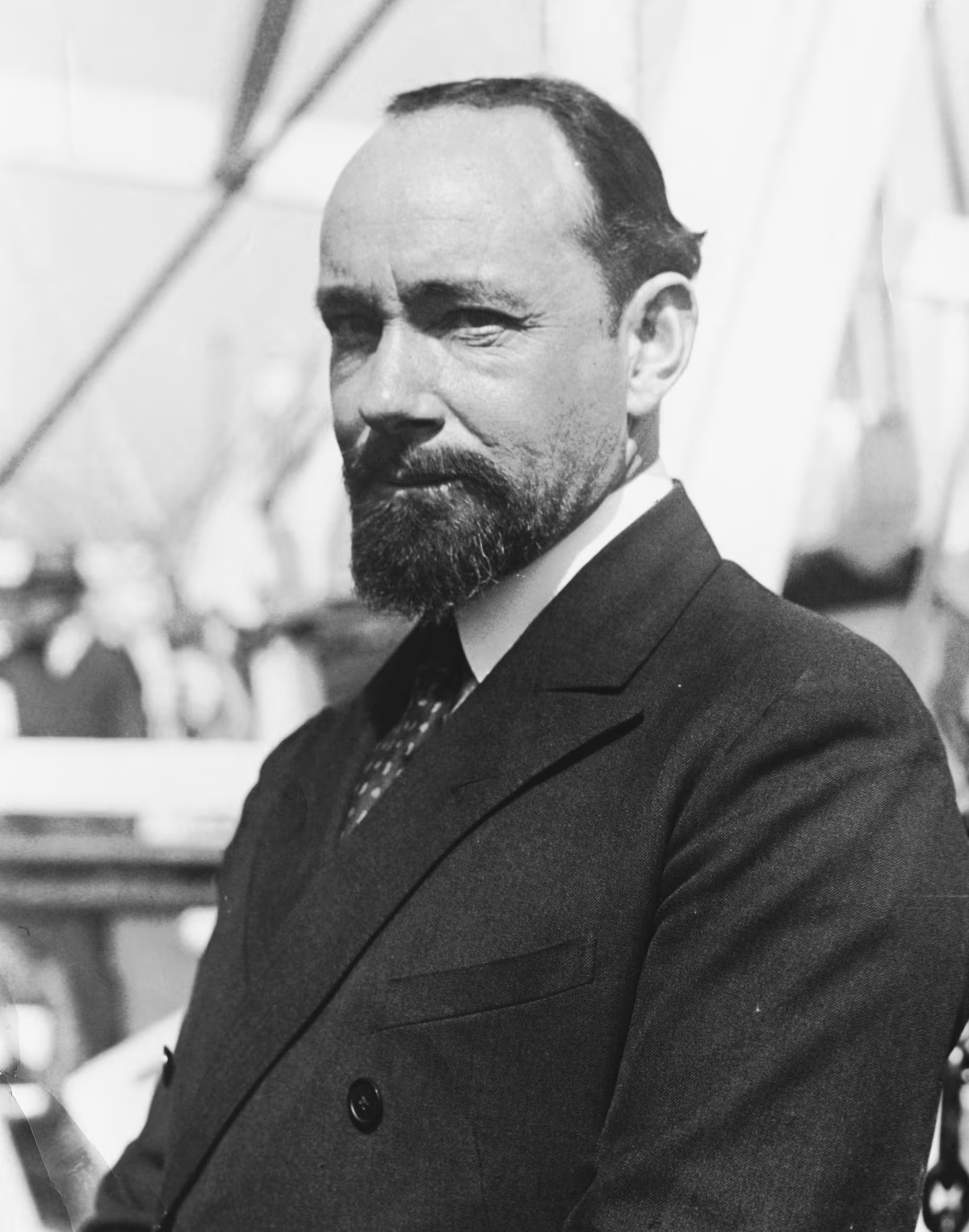
A close-up of Captain Sir George Hubert Wilkins aboard the S. S. Ebro on his return from an airplane exploration expedition in the Antarctic. Photo by George Rinhart/Corbis via Getty Images
A burgeoning early polar career and the outbreak of war
Born in South Australia, Wilkins began working in theatre and cinema at an early age. He worked in Sydney as a cinematographer and in London, where he became a pioneering aerial photographer for Gaumont Studios. He studied engineering and photography and learned to fly soon after he arrived in Britain in 1908.
His first taste of the polar world came when he joined the overland expedition of Vilhjalmur Stafansson in the Canadian Arctic in 1913 as the expedition's photographer. This expedition is controversial due to its failure, the loss of the principal expedition vessel, Karluk, and the death of several expedition members. However, Wilkins was part of a separate land party.
A break from polar exploration soon followed with the outbreak of war in 1914. By 1917, Wilkins enlisted in Australia, fighting as part of British Empire forces in the First World War. Wilkins was appointed as a war photographer and subsequently took part in several significant engagements. During the Third Battle of Ypres, he was awarded the military cross for his attempts to rescue wounded soldiers, while during the Battle of the Hindenburg Line, he led a group of American soldiers who had lost their officers, subsequently being awarded a bar to his military cross.
To this day, Wilkins remains the only official Australian photographer from any conflict to receive a combat medal and is remembered as an Australian hero of the First World War, in the vein of T. E. Lawrence.
Continuing an early polar career
Wilkins remained in military service after the First World War ended in 1918 before joining the often-overlooked British Imperial Antarctic Expedition of 1920–1922 as second in command, visiting Graham Land. However, the bulk of expedition work was performed by two members who remained isolated on the ice for over a year.
Notably, he was a member of Sir Ernest Shackleton's last polar expedition, the Shackleton-Rowett Expedition of 1921-22, sometimes also called the Quest Expedition. Wilkins joined as a naturalist, and his prior Arctic experience made him a suitable candidate. The expedition, however, would proceed differently than planned. The Quest proved an unsuitable vessel, with several delays caused by repairs and overhauls as the expedition voyaged from London towards Antarctica.
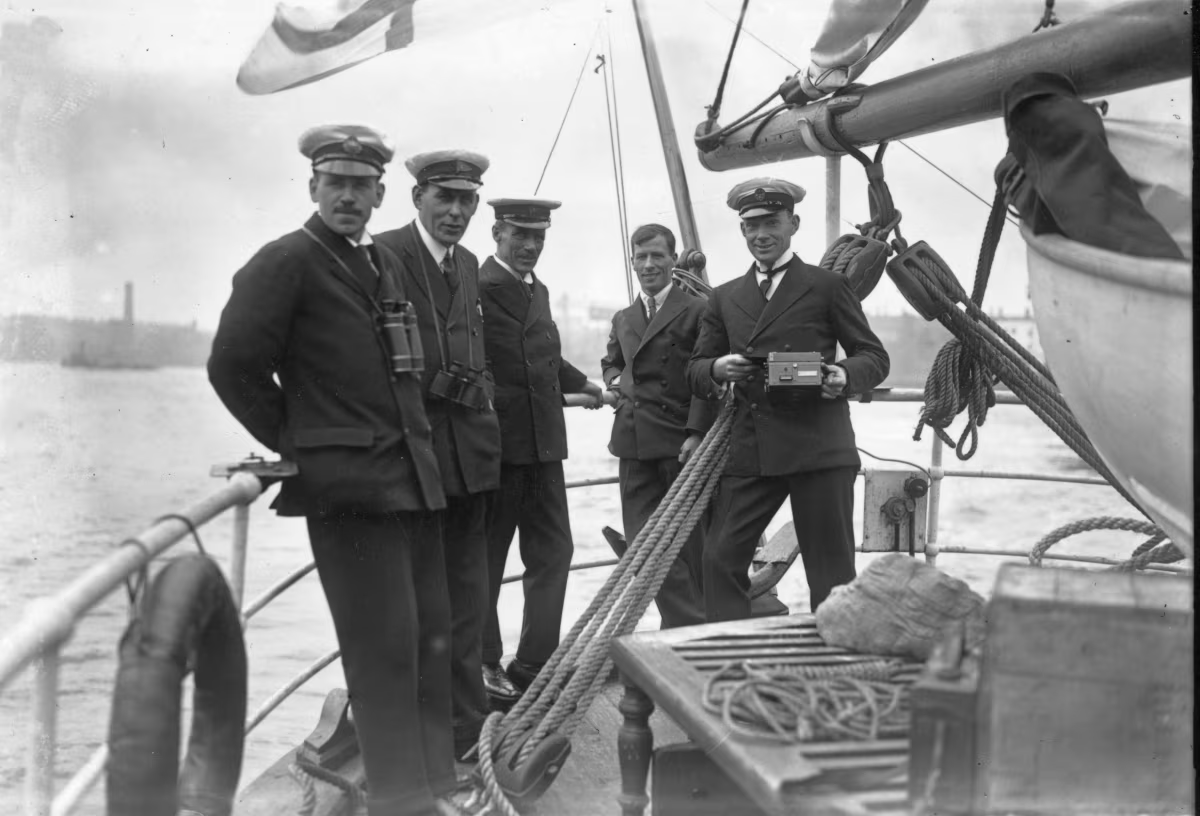
Members of the Shackleton-Rowett expedition (from left to right): G.V. Douglas, Douglas George Jeffrey, Frank Wild, Leonard Hussey, and Hubert Wilkins. (Photo by © Hulton-Deutsch Collection/CORBIS/Corbis via Getty Images)
On 5 January 1922, Shackleton died aboard the Quest, which was moored in Grytviken, South Georgia. While the expedition continued, exploring the Southern Ocean and several remote islands scattered throughout the southern latitudes, it ended quietly, without the expected fanfare.
Undeterred, Wilkins continued his work in ornithology and the natural world, working briefly for the British Museum, leading a biological expedition to Australia between 1923-25.
Taking to the air above the poles
Wilkins is perhaps best remembered for his polar exploits by air. He made several memorable flights in the Arctic and Antarctica, pioneering the use of aircraft in polar exploration and remote scientific research.
Working with pilot Cark Ben Eielson, Wilkins began an exploration of the remote drift ice north of Alaska, which was a relatively unknown region at the time. Together, they landed on the sea ice north of Point Barrow in 1927 and took soundings of the depths below the ice. The results of these soundings and thick, resilient pack ice formed the basis of Wilkin's belief that future Arctic expeditions could take advantage of open sea ice to use aircraft in future expeditions.
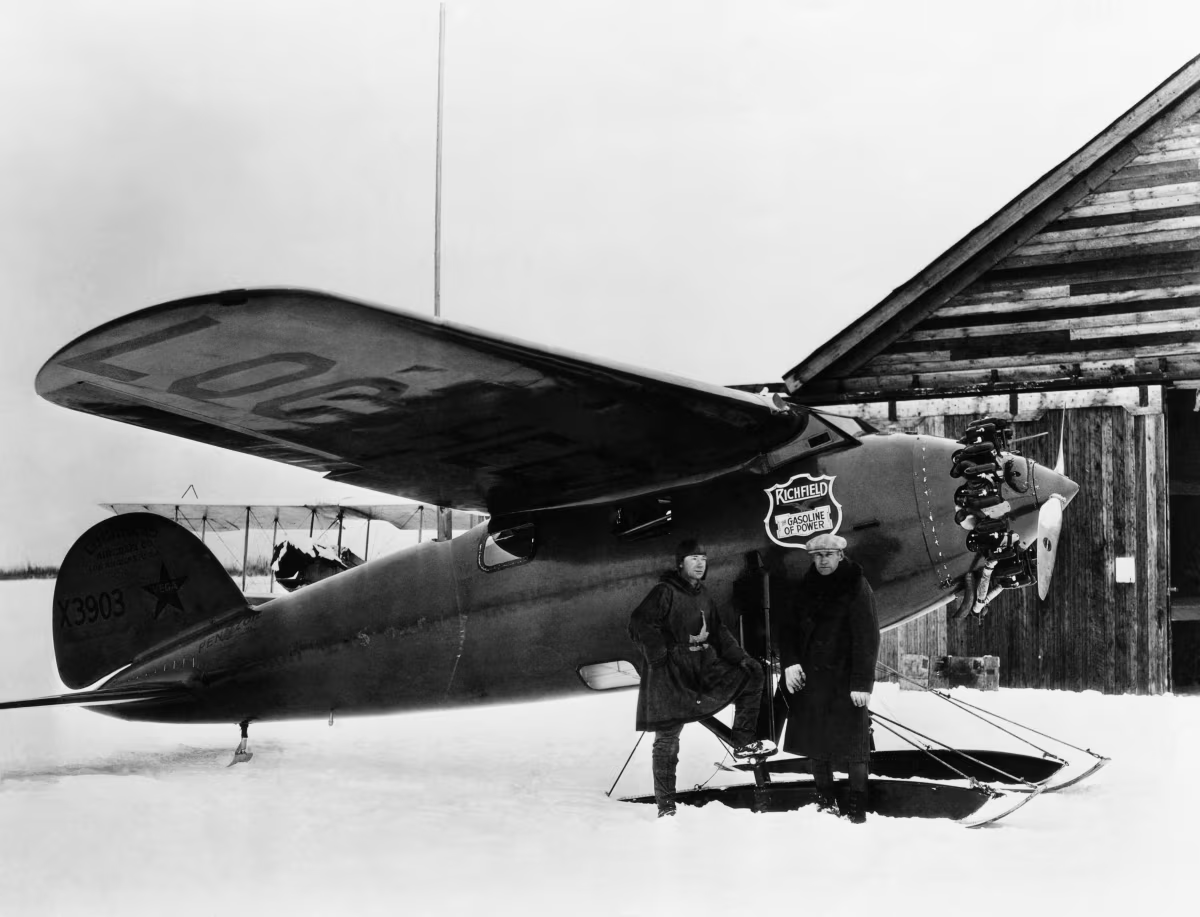
Hubert Wilkins with Ben Eilson, standing beside Lockheed airplane.
A team, Wilkins and Eielson, planned to make a trans-Arctic crossing by air. Charles Lindbergh had recently performed the first air crossing of the Atlantic Ocean, and the potential of aircraft became more prominent. In April 1928, Wilkins and Eielson took off from Point Barrow, Alaska, landing around 20 hours later on the island of Spitsbergen, part of the archipelago now known as Svalbard. They traveled a distance of around 3,550 km (2,200 miles) over entirely unknown regions.
Wilkins was knighted for this flight's success and prior work, but further adventures were to come. Later that year, in December 1928, Wilkins, once again accompanied by Eielson, took off from Deception Island in the Antarctic, flying south across Graham Land for over 970 km (600 miles), discovering several new islands, and completing the first successful flight over the Antarctic continent in the process.
During this time, Wilkins was awarded the Royal Geographical Society's Patron's Medal and the American Geographical Society's Samuel Finley Breese Morse Medal.
A later expedition, financed by newspaper publisher and politician William Randolph Hearst, saw Wilkins return to Antarctica, and Hearst Land was named in his financier's honor.
Diving beneath the waves: the Nautilus Expedition
During discussions with fellow polar explorer Lincoln Ellsworth, Wilkins became convinced that a trans-Arctic journey would be possible beneath the Arctic ice by submarine, taking scientific equipment deep into the Arctic and conducting various meteorological and data-driven studies. By 1931, the idea had become a reality. Financed by Ellsworth, the Woods Hole Oceanographic Institute, and William Randolph Hearst, Wilkins had gathered enough support to lease a decommissioned United States submarine, O-12, renamed Nautilus, evoking the submarine central to Jules Verne's 20,000 leagues under the seas.
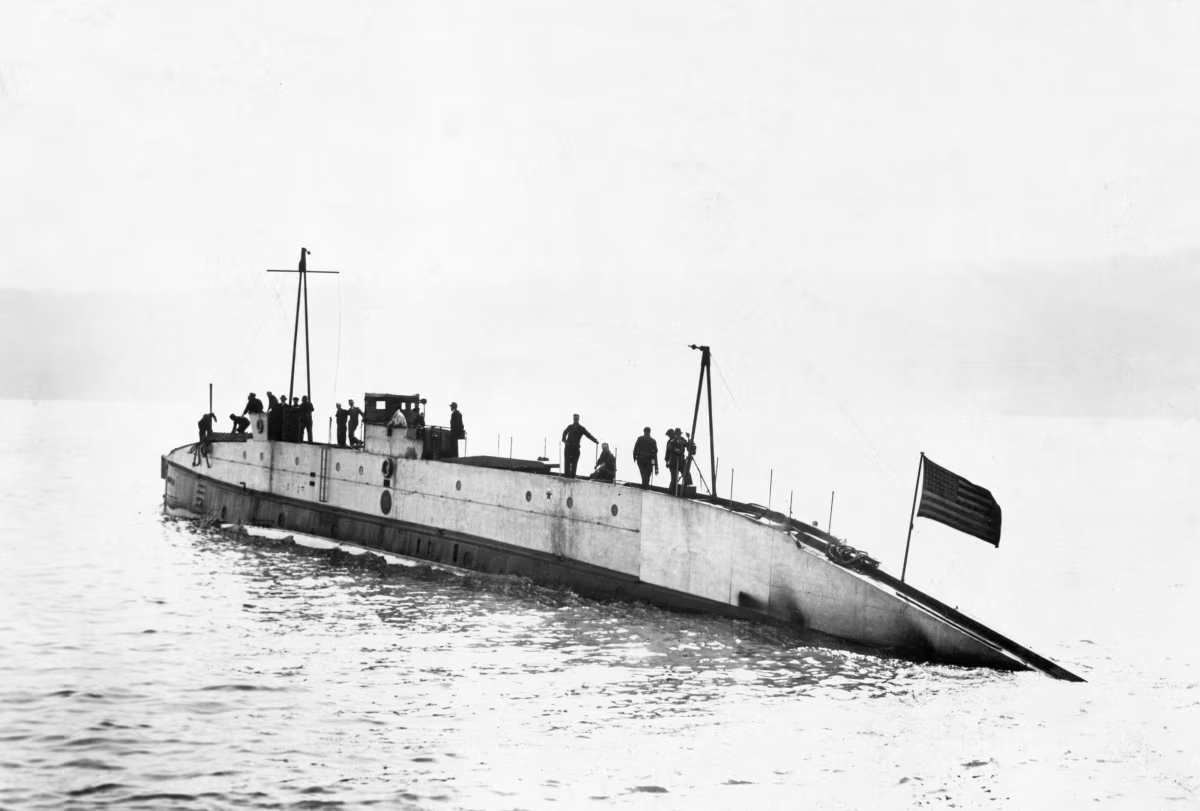
Sir Hubert Wilkins' submarine Nautilus is half submerged during its trial trip at sea. (Photo by Schenectady Museum; Hall of Electrical History Foundation/CORBIS/Corbis via Getty Images)
The Nautilus had been outfitted with several pieces of equipment designed for operations beneath the ice. Mechanical probes could gauge ice clearance, while drills were installed to break through the ice. A moon pool replaced the torpedo chamber. On 4 June 193201, the Nautilus left New York and steamed across the Atlantic. However, the submarine encountered a storm, losing both engines and leaving her adrift.
After being towed into Cork, Ireland, and then onto Plymouth, England, for repairs, the Nautilus commenced her voyage north. However, further storms and damage to the vessel's bridge delayed her arrival in Svalbard. Here, the submarine proved unsuitable for operations in the ice, leaking, cold, and lacking insulation. Soon, it was found that the dive planes were missing, meaning her depth couldn't be controlled while submerged.
Following further damage caused by the ice and after reaching 82°15′ N, the expedition was called to a halt by 20 September. It returned to Svalbard with valuable scientific data and a number of successful experiments completed on board. Despite being seen as a failure, Wilkins had proved the feasibility of submarine operations beneath the ice and had paved the way for future technological developments and scientific discoveries.
A life of adventure immortalized
Following his death in 1958, Wilkins' ashes were taken to the North Pole aboard the American submarine USS Skate. During a short ceremony, the submarine surfaced at the North Pole, and Wilkins' ashes were scattered almost 30 after his failed attempt to cross the Arctic ice from below by submarine. Following the Nautilus expedition, Wilkins served as manager of the United States Antarctic expeditions between 1933-39 and acted as consultant and geographer to the United States armed forces sporadically.
Today, Wilkins's name is associated with several locations in Antarctica: the Wilkins Sound, the Wilkins Coast, and the Wilkins Ice Shelf. The Wilkins Runway in Wilkes Land is also named in his honor.
